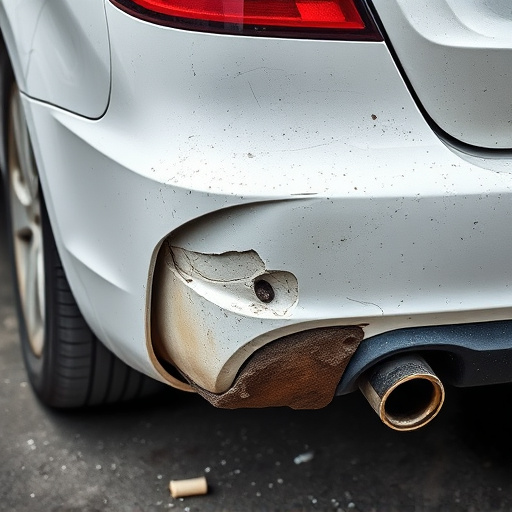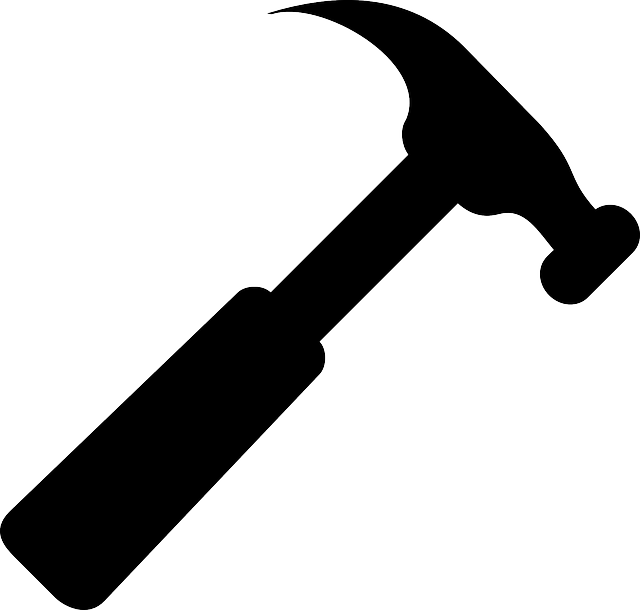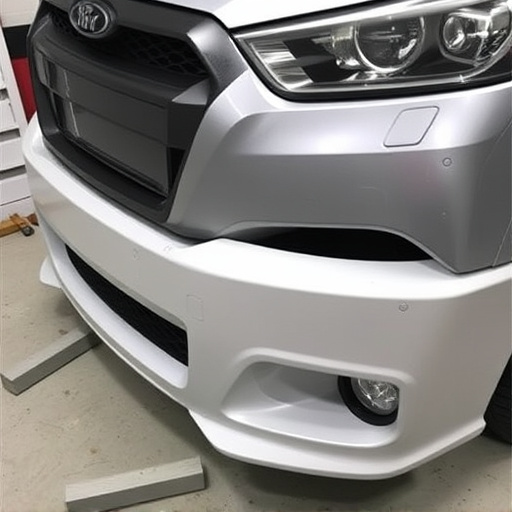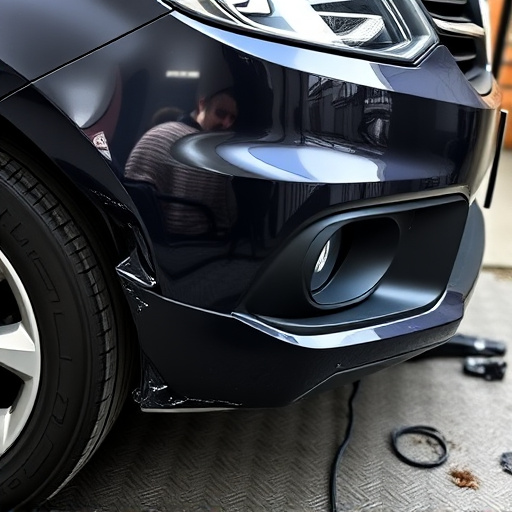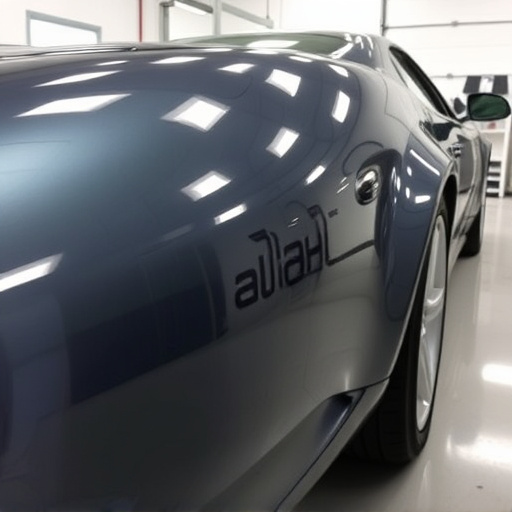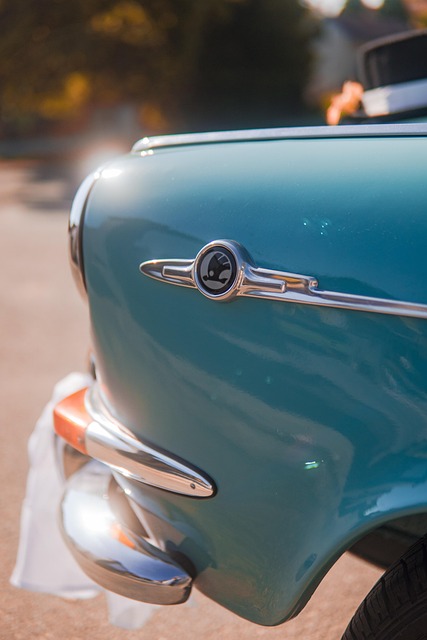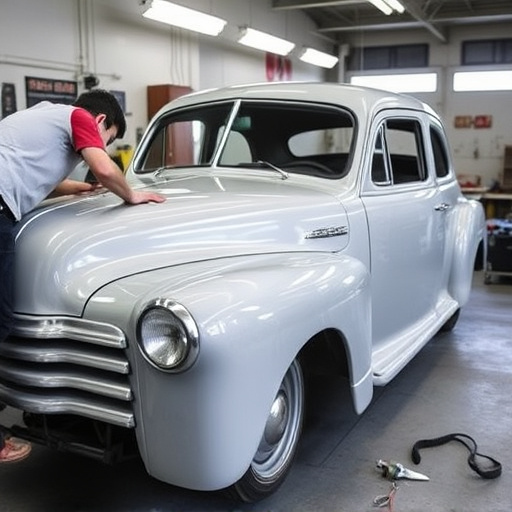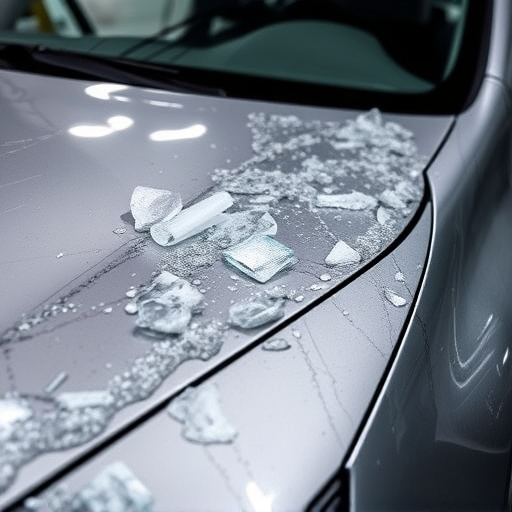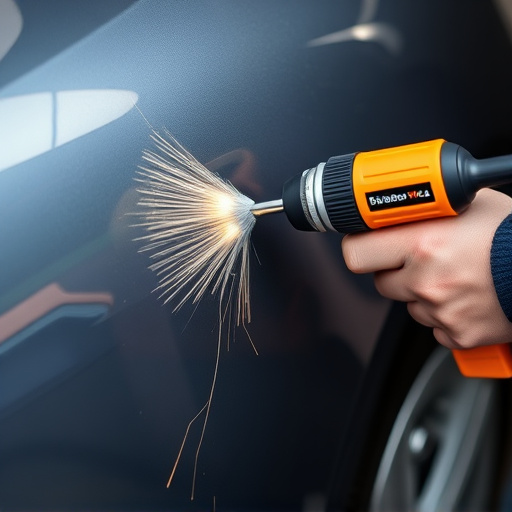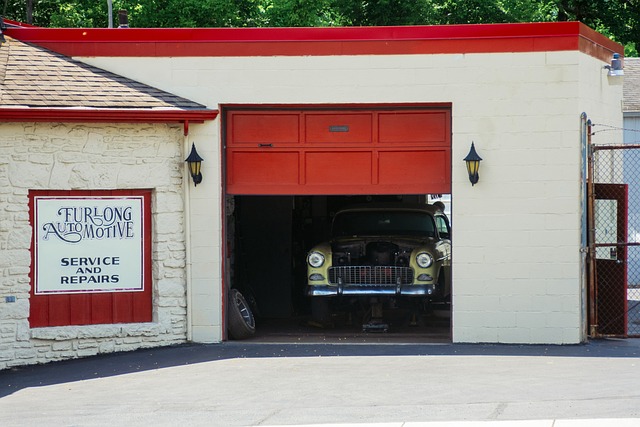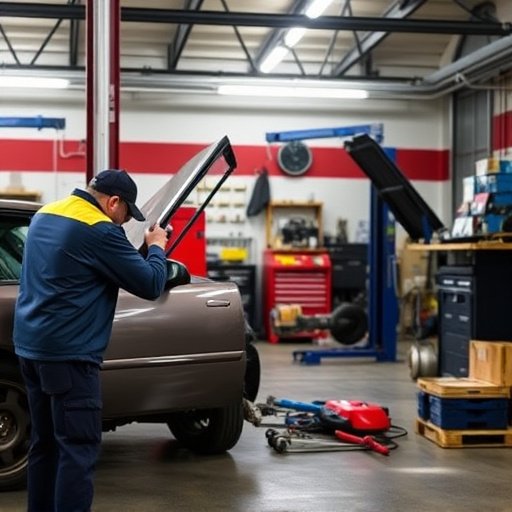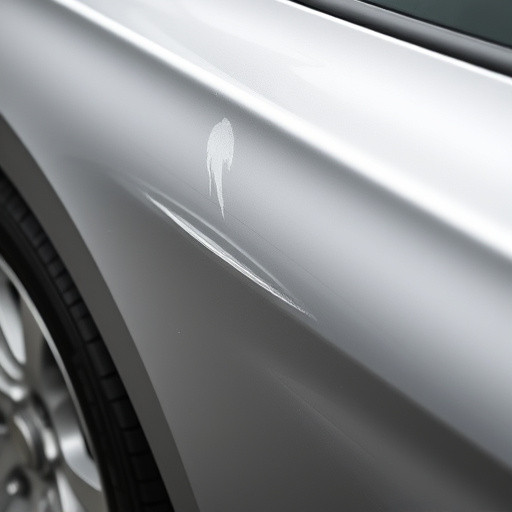After a collision, seat repair process involves technician assessment, specialized techniques for minor to severe damages, accurate estimates, quick turnaround times, and post-repair inspection ensuring secure fastening, optimal function, and safety standards adherence, enhancing customer satisfaction. Prepare vehicle before repair by addressing structural integrity, removing valuables, maintaining records, keeping interior clean, and documenting existing damage.
After a collision, proper seat repair is crucial for both safety and vehicle aesthetics. This article guides you through the entire process, from understanding the seat repair process to preparing your vehicle for repairs and ensuring optimal post-repair results. By following these steps, you’ll know what to expect during each phase, ensuring your vehicle returns to its pre-accident condition with reliable and safe seat functionality.
- Understanding Seat Repair Process After Collision
- Preparing Your Vehicle for Repairs: Do's and Don'ts
- Post-Repair Inspection: Ensuring Optimal Results
Understanding Seat Repair Process After Collision

After a collision, understanding the seat repair process is crucial for vehicle owners. The first step involves an assessment by a qualified technician who will inspect the damage to the seat and surrounding areas. They’ll determine if the seat needs replacement or can be expertly repaired. Many car repair shops offer specialized seat repair services, ensuring your vehicle’s interior is restored to its pre-accident condition.
The actual repair process varies depending on the extent of the damage. For minor scratches or scuffs, a skilled technician might use advanced techniques like scratch repair to rejuvenate the seat’s appearance. More severe cases may require the replacement of faulty components or even the entire seat assembly. Vehicle repair services that specialize in seat repair collision damage can offer accurate estimates and prompt turnaround times, minimizing disruption to your daily commute.
Preparing Your Vehicle for Repairs: Do's and Don'ts
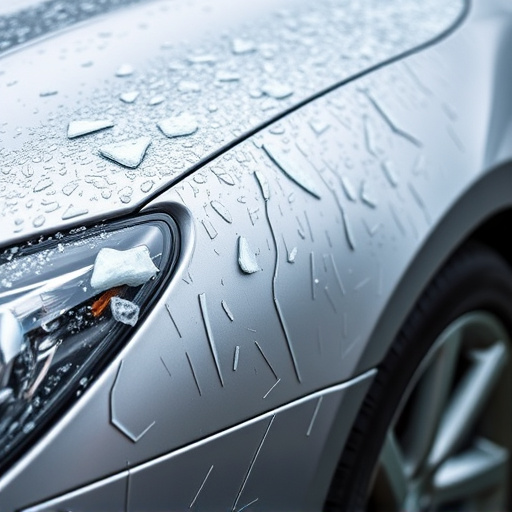
Before the seat repair collision damage process begins, it’s crucial to prepare your vehicle properly. Collision repair services can be complex, and ensuring your car is ready makes the entire process smoother. Do not attempt to drive your vehicle if there are significant structural damages or leaks from fluid compartments. It’s also wise to remove any personal items from the interior, especially those of value or sentimental significance. This step prevents loss during the repair process.
On the “do” side, ensure regular maintenance records are available and up-to-date. Keep a clean and organized car interior to facilitate easier access for technicians. Additionally, take photos of any existing damage as it will be helpful in insurance claims and future car restoration processes. Remember, proper preparation enhances the effectiveness of collision repair services, ultimately leading to better outcomes.
Post-Repair Inspection: Ensuring Optimal Results
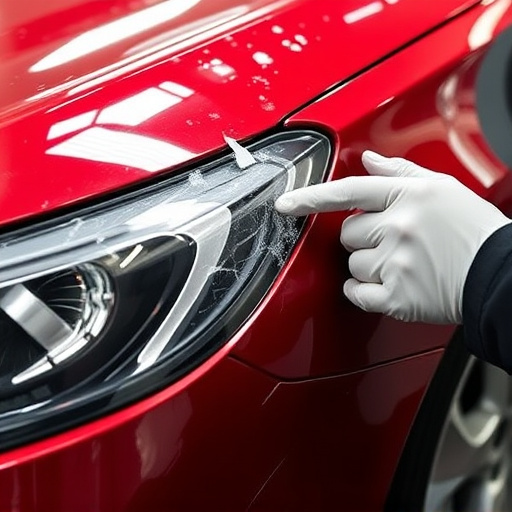
After a successful seat repair for collision damage, an essential step is the post-repair inspection to guarantee top-notch results. This thorough check ensures that all components are securely fastened, and the seat functions flawlessly. Skilled technicians will test the seat’s movement, adjust any settings, and verify its stability, ensuring it meets safety standards. They might also inspect surrounding areas for any related issues, as collision damage can sometimes extend beyond visible limits.
The post-repair process involves a series of quality control measures to identify and rectify any minor imperfections or discrepancies. It is during this stage that auto repair shops can truly showcase their expertise, making sure the repaired seat not only looks good but also functions optimally. This attention to detail guarantees customer satisfaction and ensures the safety of all occupants in the vehicle post-collision.
When it comes to seat repair after a collision, understanding the process, taking proper precautions, and conducting thorough post-repair inspections are key to ensuring your vehicle returns to its pre-accident condition. By following the steps outlined in this article—from grasping the seat repair collision damage process to preparing your vehicle and verifying the work—you’ll be well on your way to a safe and reliable ride.
